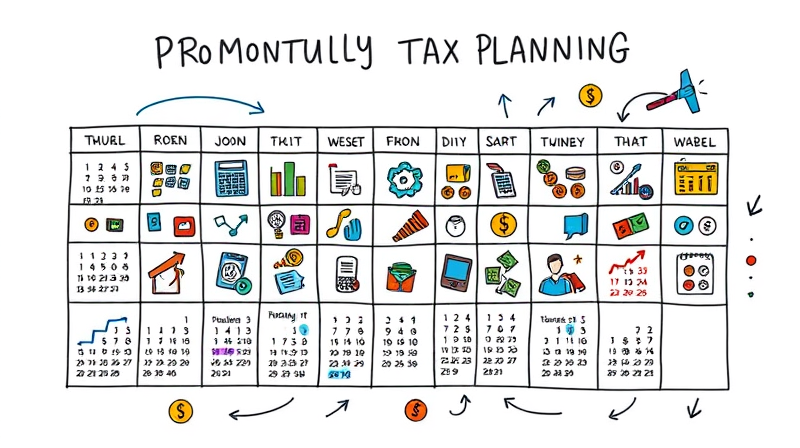
Every year, millions of individuals and business owners find themselves in the same tight spot: rushing to gather receipts, reconcile expenses, and discover deductions just weeks before the filing deadline. This stressful, last-minute approach to taxes leads to mistakes, missed opportunities, and financial anxiety.
But what if you could transform your relationship with taxes by embracing a steady, disciplined routine? By treating tax planning as a monthly habit, you’ll unlock clarity, control, and significant savings in the long run.
Traditional tax preparation is reactive—scrambling to comply with regulations and chasing down paperwork at the eleventh hour. In contrast, a monthly habit is proactive, allowing you to adjust strategies in real time.
Financial professionals agree that year-round tax strategies deliver better outcomes. Waiting until March or April often comes too late to:
Adopting this practice not only streamlines compliance but also empowers you to seize every available deduction and credit.
Introducing monthly check-ins into your financial calendar transforms compliance into opportunity. Here are the core advantages:
By comparing approaches, it becomes clear that monthly planning reduces stress, minimizes errors, and ensures accurate financial forecasts.
Regular reviews encourage systematic record-keeping, so you never lose track of receipts, charitable contributions, or business expenses. With automated tracking and reminders, technology supports your habit rather than replacing your insights.
Building a reliable monthly routine can be simple when broken into focused tasks:
Each task takes minutes when done regularly but can save hours—or days—at tax time. Splitting these activities into twelve manageable checks prevents the overwhelm of one massive review.
To make this process stick, consider these strategies:
Schedule a dedicated monthly meeting with your tax advisor or carve out time in your personal calendar. Treat it like any other bill payment or project deadline.
Leverage reliable software platforms that integrate with your bank accounts, payroll services, and investment portfolios. These tools automatically categorize transactions and flag deductible items, providing real-time insight into tax positions.
Establish a simple digital filing system. Create folders for receipts, invoices, and donation records. Periodically clean out or archive inactive accounts to maintain clarity.
While everyone benefits from better tax habits, certain groups see outsized gains:
For these individuals, each missed deduction or miscalculated payment can result in costly penalties and interest charges. A proactive stance eliminates surprises and fosters a sense of control and calm in financial planning.
Monthly tax planning is not merely an administrative chore—it’s a gateway to stronger financial health. Consistency compounds benefits across years, boosting retirement nest eggs and preserving wealth.
Consider the power of dollar-cost averaging and compounding growth when you systematically fund your tax-advantaged accounts. Over time, these disciplined contributions can generate thousands of dollars in additional value.
Furthermore, by staying on top of legislative changes—such as the Secure 2.0 Act’s increased 401(k) limits or updated gift tax exclusions—you avoid last-minute rushes and capture every available advantage.
Adopt a simple mantra: "Plan monthly, save annually." Set your first reminder for the upcoming weekend, gather last month’s documents, and review your progress. The act of beginning cements the habit and builds momentum.
As you integrate these practices into your routine, you’ll notice fewer surprises, improved cash flow, and enhanced confidence. Tax season transforms from a period of dread into an opportunity to reflect on growth and refine your strategies for the year ahead.
By making tax planning an ongoing priority, you not only reduce your tax liability but also gain peace of mind that lasts long after April 15. Embrace the proactive path—your future self will thank you.
References













